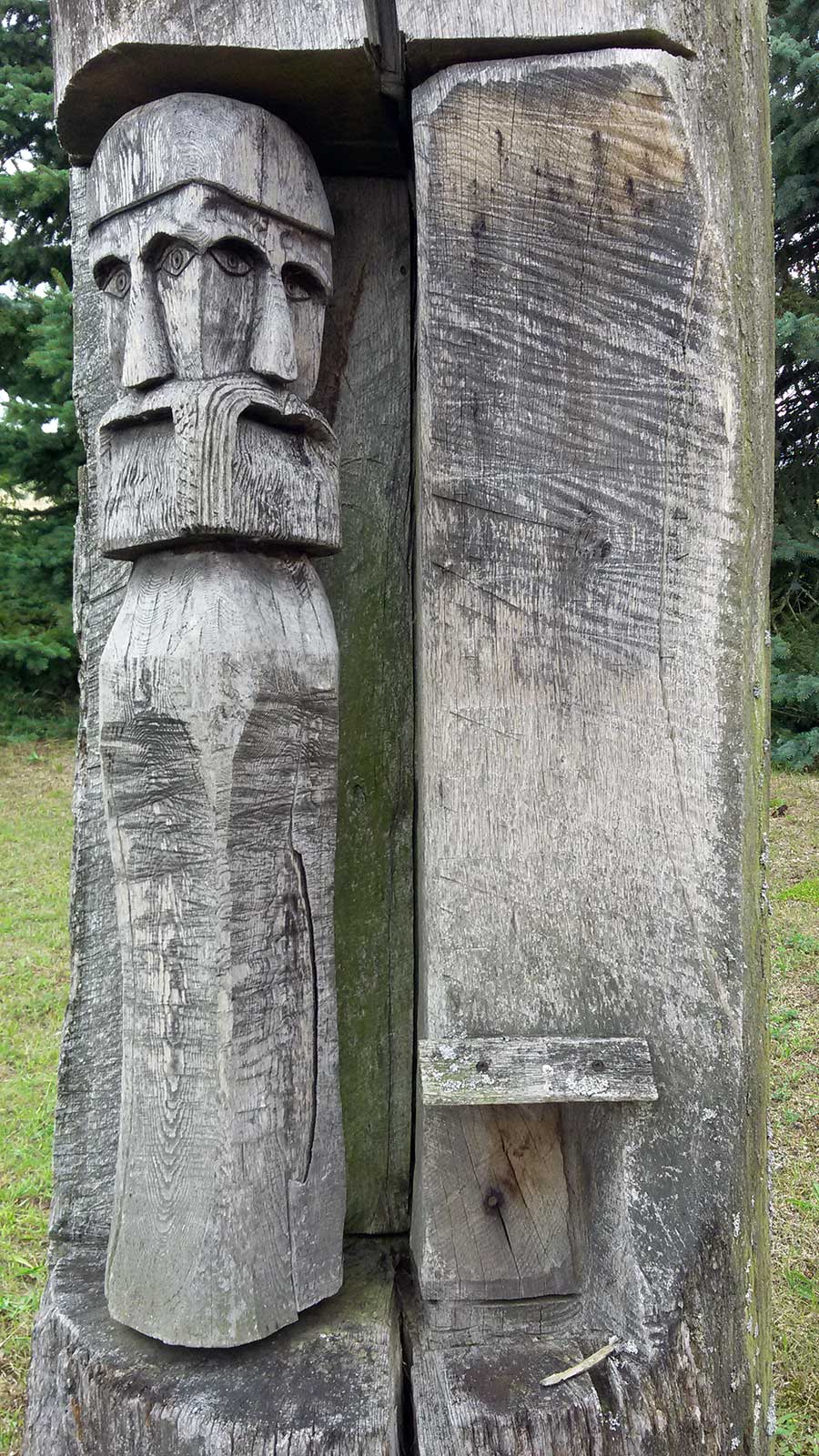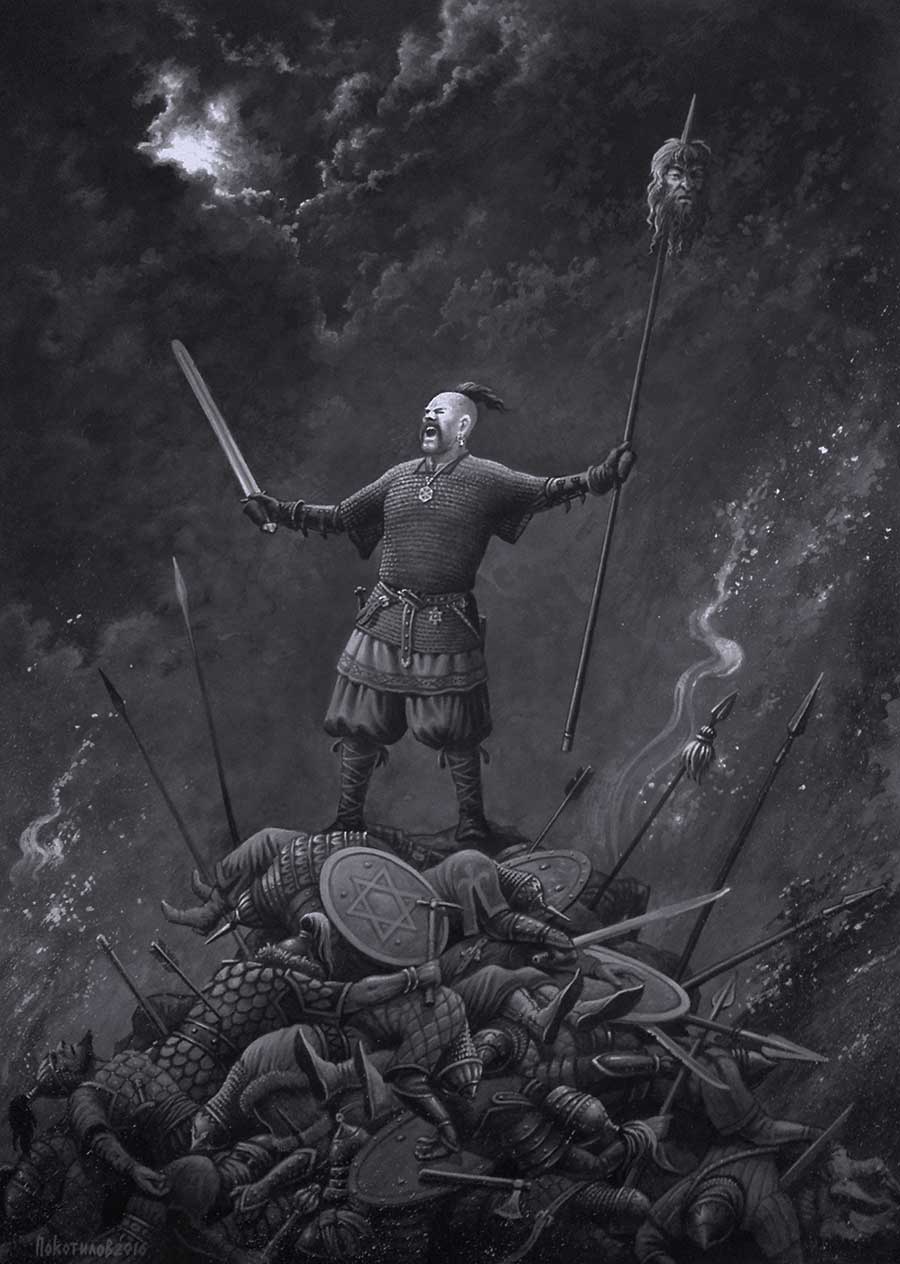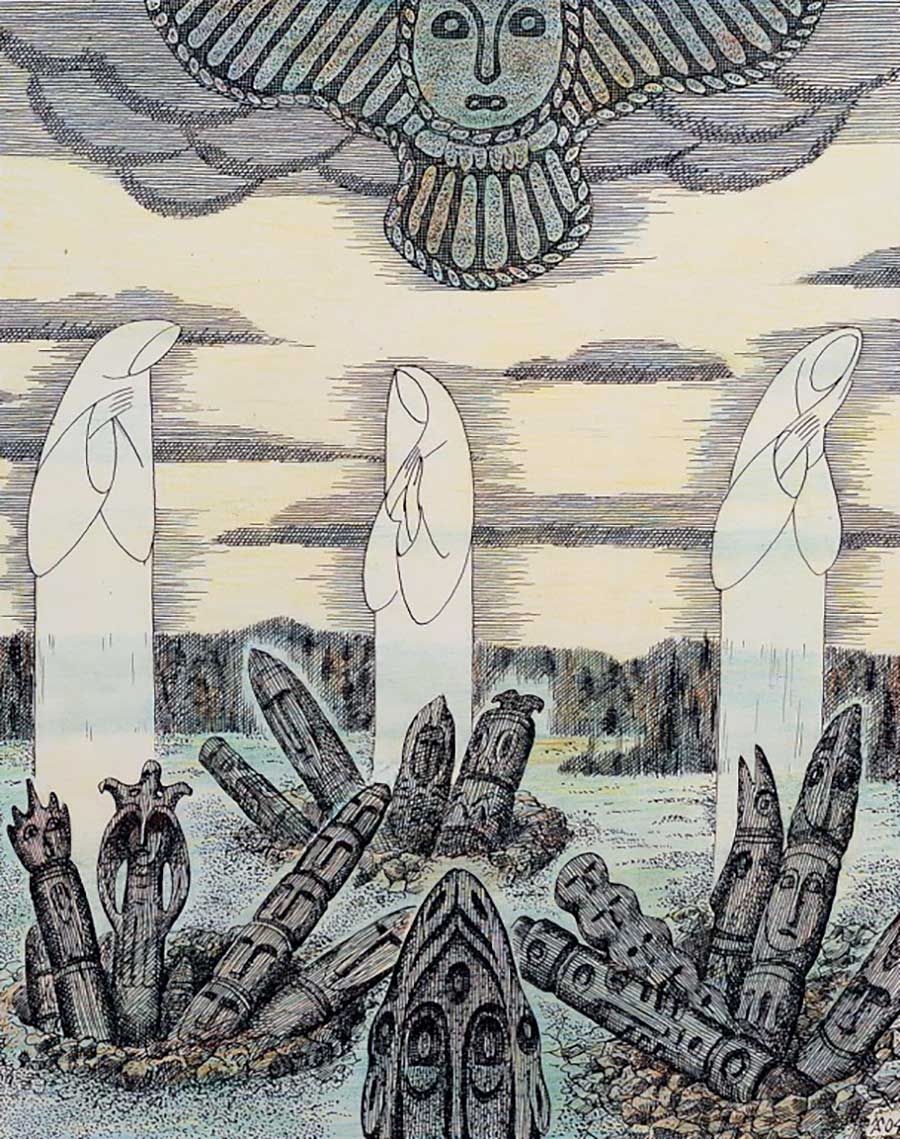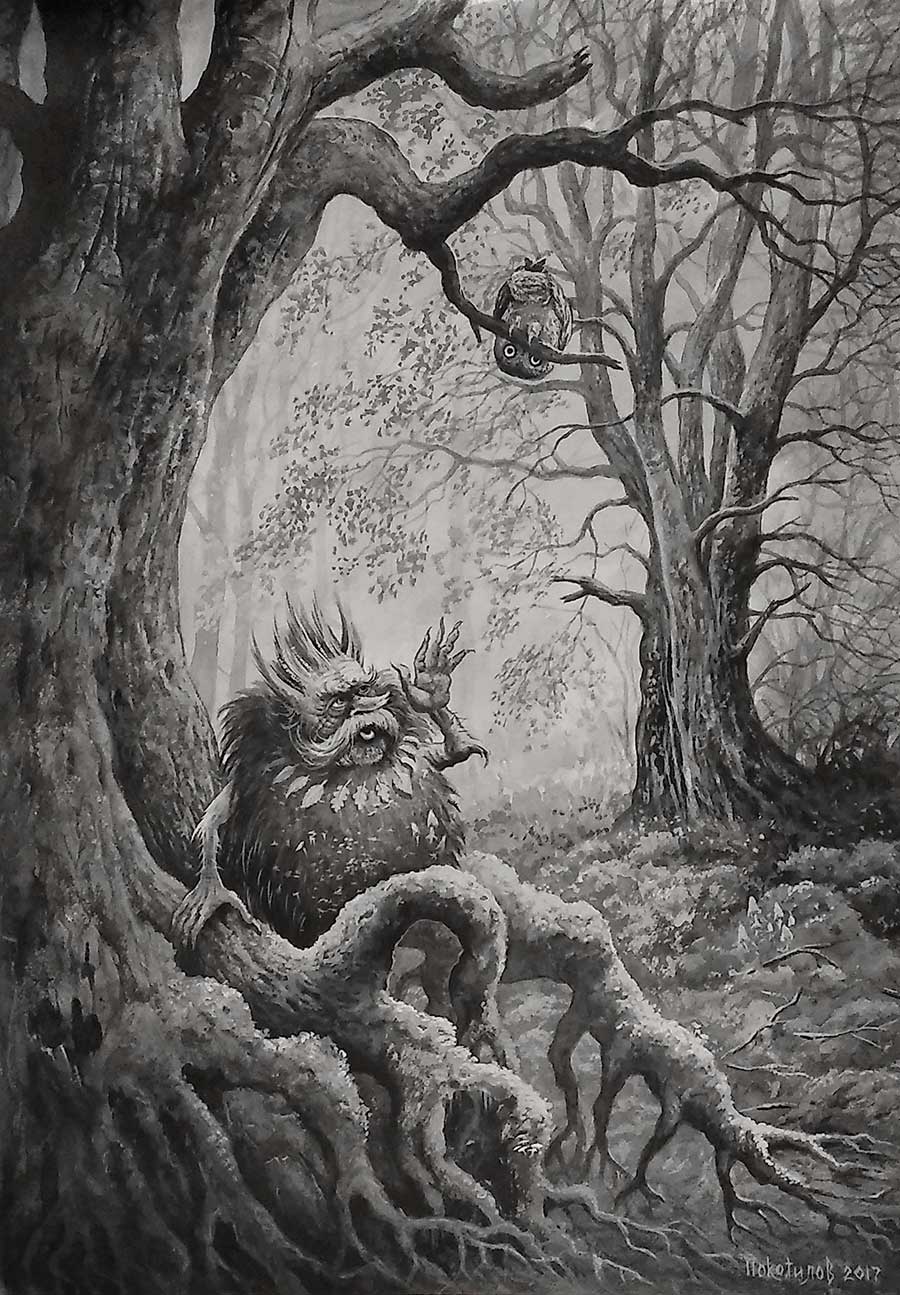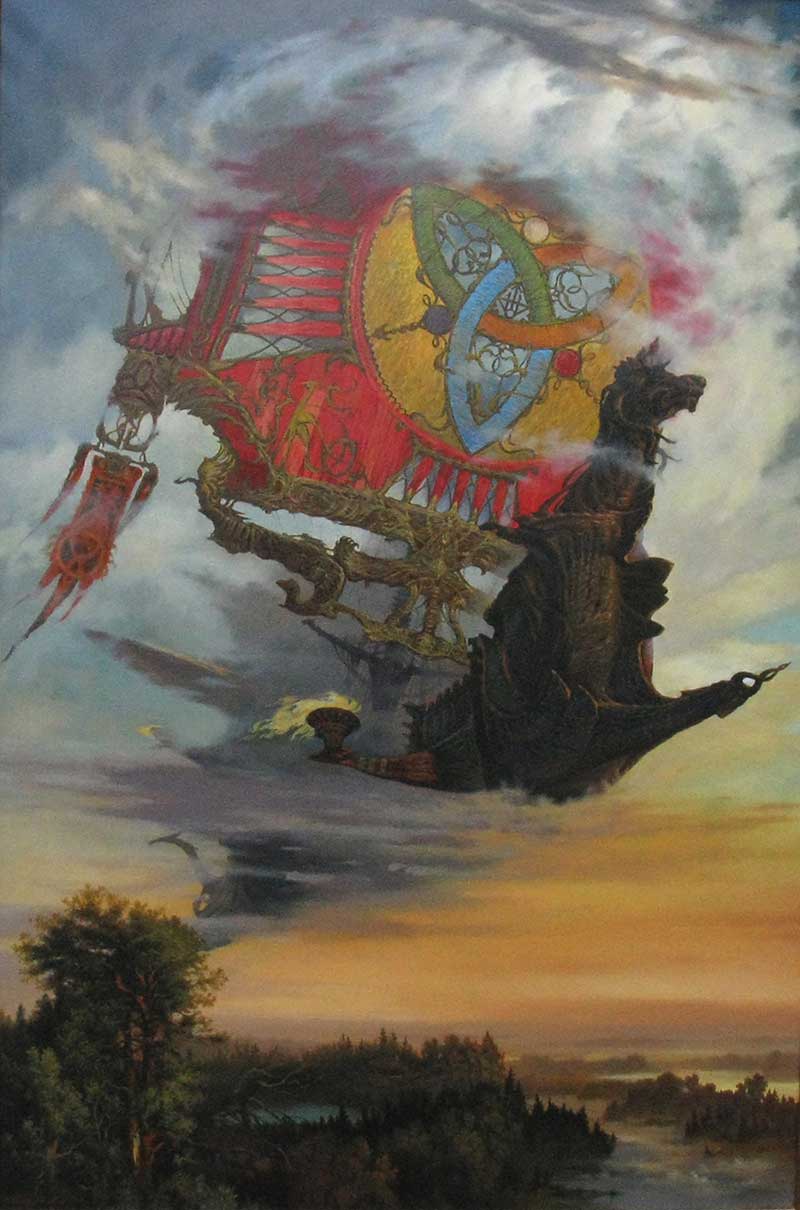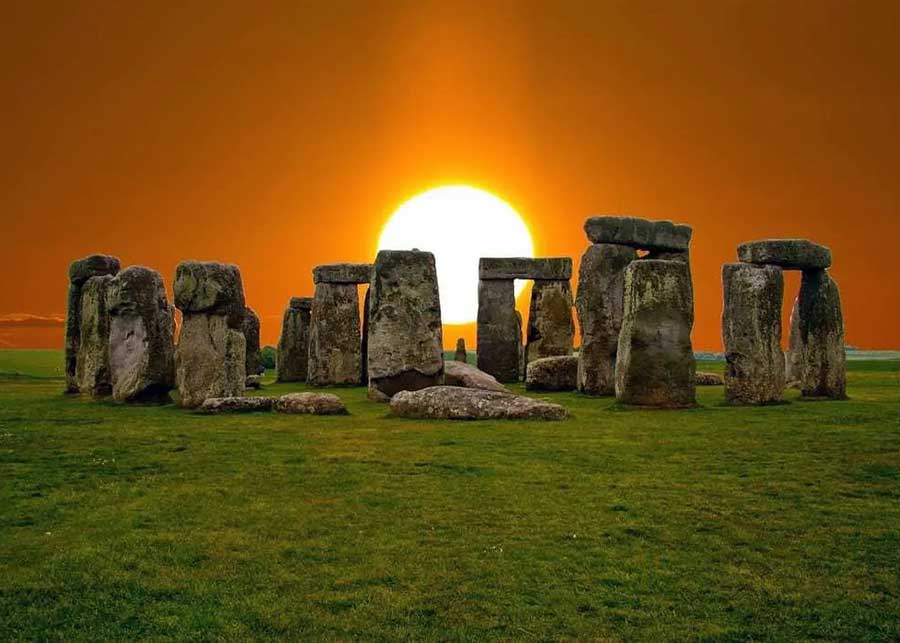 In the following accounts we see the struggle between Christianity and the old Asa belief. Hakon, the foster-son of Athelstan, so named because he had been fostered by that king in England, came back to Norway a Christian, but his people clung to the old faith, and to strengthen himself in the country he at first found it necessary to observe the tenets of his religion in secret. He ordered the Yule-feast to be celebrated at Christmas, and persuaded some of his best friends to adopt Christianity.
In the following accounts we see the struggle between Christianity and the old Asa belief. Hakon, the foster-son of Athelstan, so named because he had been fostered by that king in England, came back to Norway a Christian, but his people clung to the old faith, and to strengthen himself in the country he at first found it necessary to observe the tenets of his religion in secret. He ordered the Yule-feast to be celebrated at Christmas, and persuaded some of his best friends to adopt Christianity.
"Hakon was a good Christian when he came to Norway; but as all the land was heathen, and there were much sacrificing and many chiefs, and he much needed the help and friendship of the people, he decided to conceal his christianity, and kept Sundays, and fasting on Fridays, and the greatest festivals. He made it a law that the Yule should begin at the same time as that of the Christians, and every man should have a certain measure of ale, or pay a fine, and keep the days holy while Yule lasted. It formerly began on hökunótt (the midwinter-night), and it was kept for three nights. He wanted to make the people Christians, when he got established in the land and had fully subjected it to himself. He sent to England for a bishop and other priests. When they came to Norway, Hakon made known that he would try to Christianize the land" (Hakon the Good's Saga, c.15; Fornmanna Sögur, 1).






